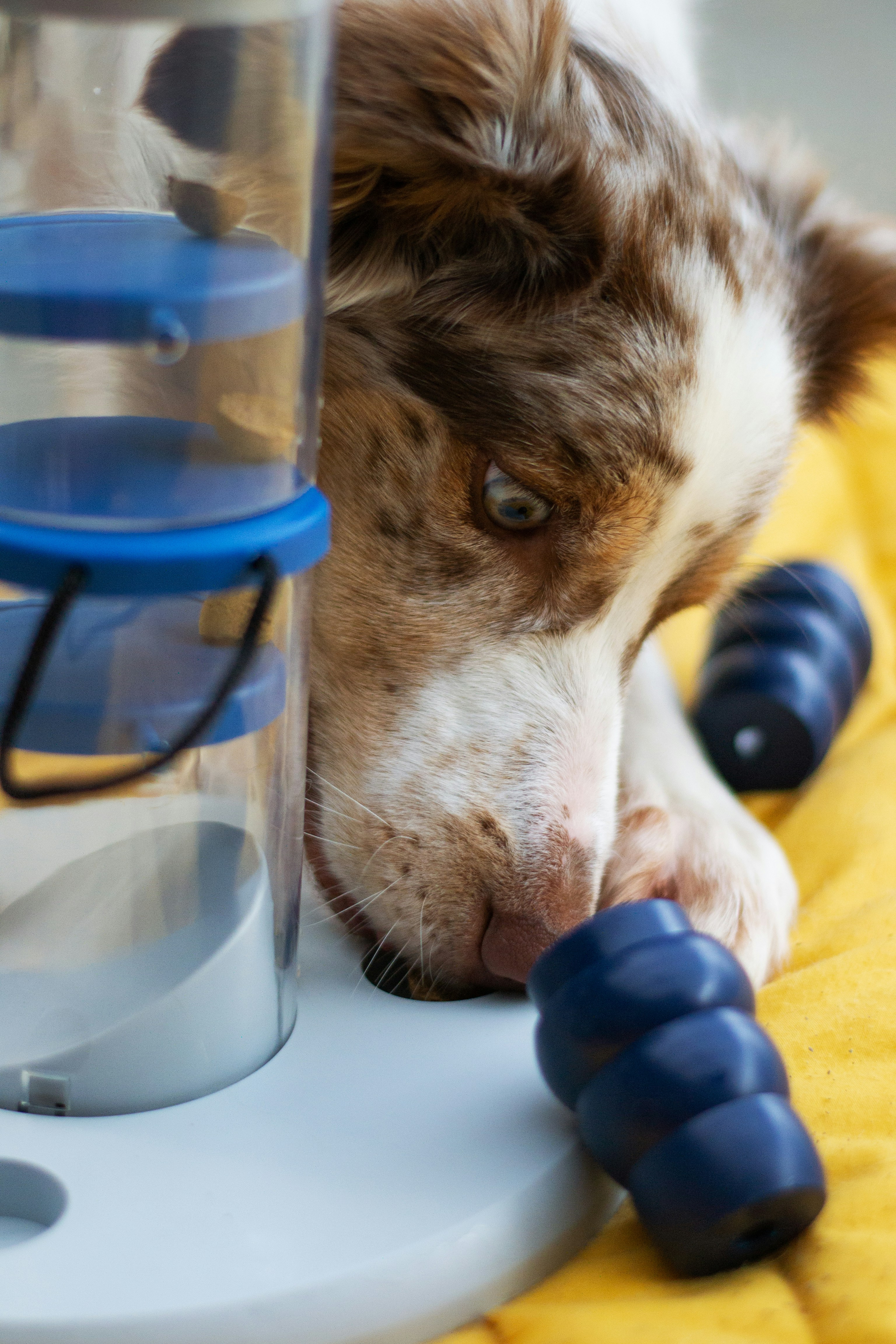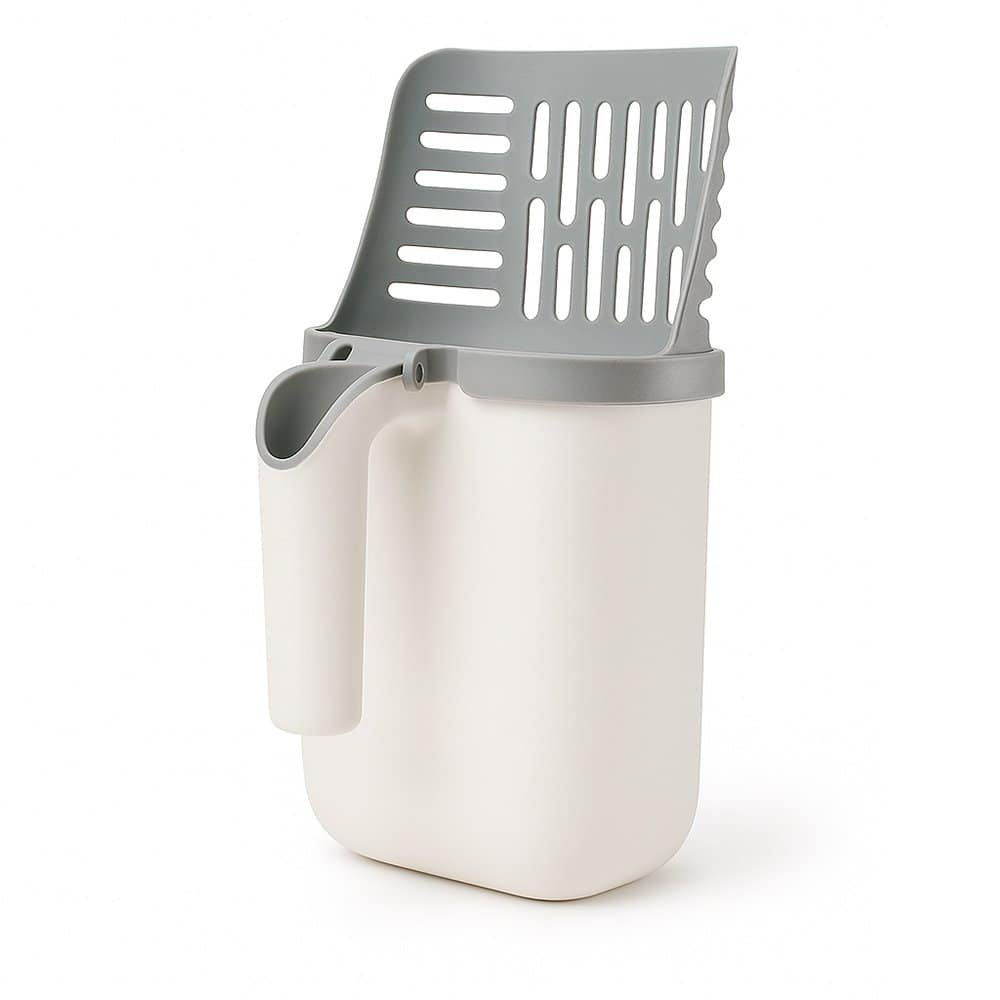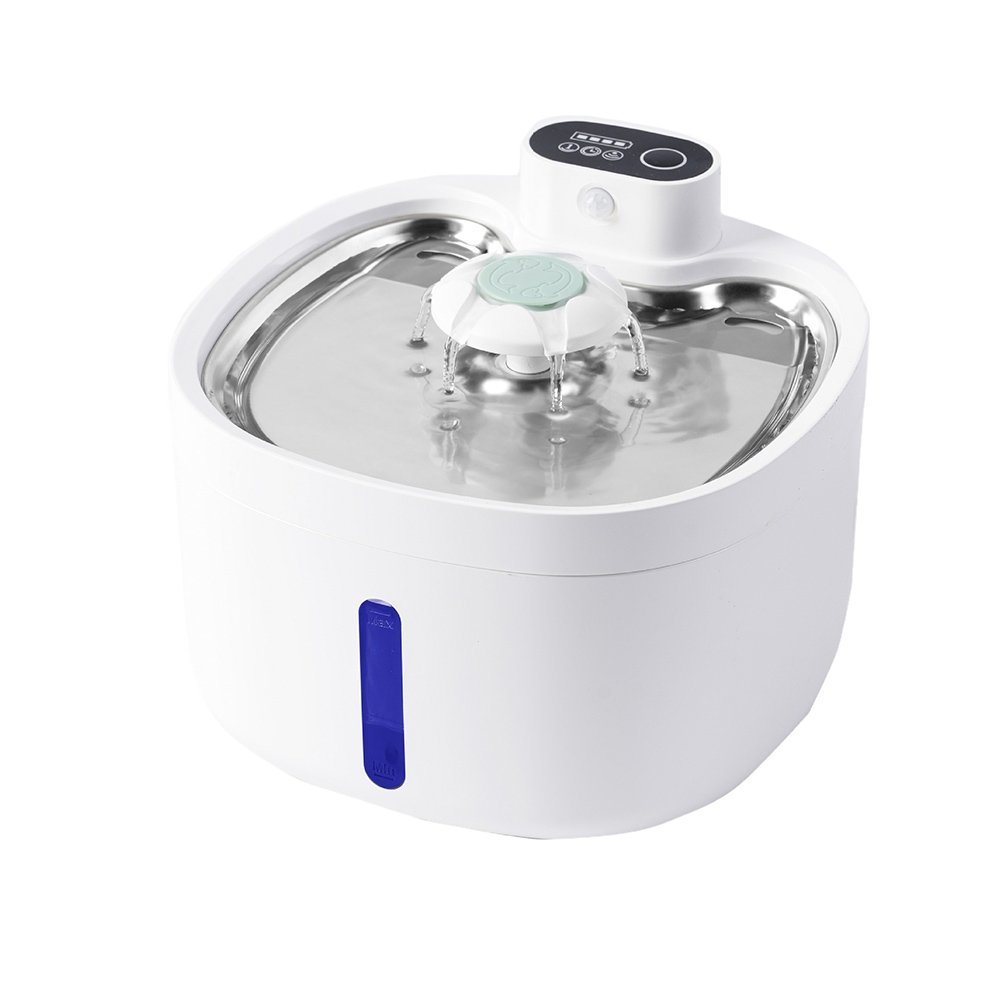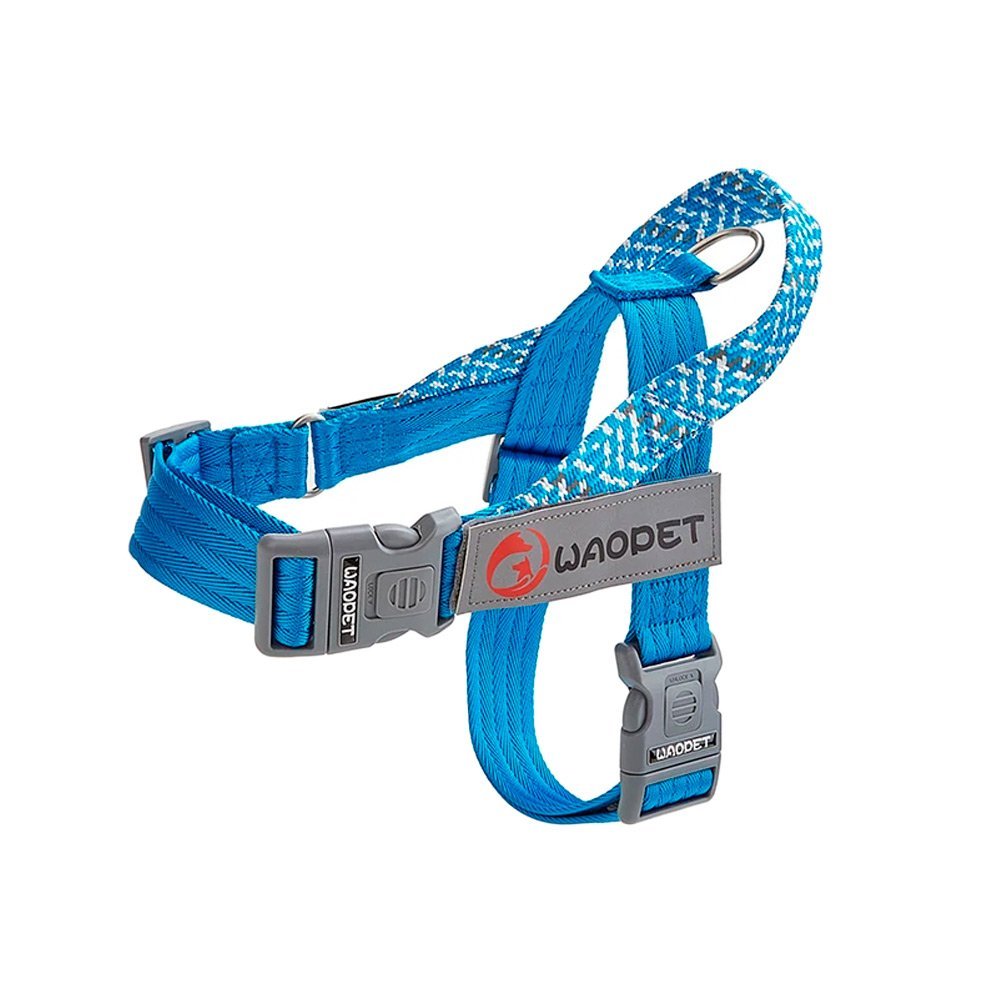What’s New in Pet Tech? GPS Collars, Smart Feeders & More in 2025

Introduction to Pet Tech
The landscape of pet technology, commonly referred to as pet tech, is experiencing rapid evolution, unveiling innovative solutions that significantly enhance the care and welfare of pets. As pet ownership continues to grow worldwide, pet owners are increasingly turning to technological advancements to improve their pets’ lives, ensuring a harmonious blend of functionality and assurance in their everyday routines. This shift towards integrating technology into pet care reflects a broader trend in which owners are seeking out data-driven solutions to address traditional challenges faced in pet management.
Pet tech encompasses a variety of devices and applications ranging from smart collars equipped with GPS tracking capabilities to automated feeders designed to dispense food at scheduled times. The synergy of these innovations not only streamlines the responsibilities of pet ownership but also empowers owners with real-time insights into their pets’ behaviors and habits. Such data can aid in promptly identifying health issues, monitoring activity levels, and providing necessary interventions that lead to improved health outcomes for pets.
The growing popularity of pet tech is accompanied by an expanding array of products tailored to various pet-related needs. In fact, the shift towards smart solutions has created an entire ecosystem where pet owners can leverage these tools to ensure their furry companions are safe, well-fed, and cared for even in their absence. This burgeoning market is not solely driven by convenience; it is also shaped by an overarching concern for the well-being and health of pets, signaling a significant paradigm shift in how pet care is approached today.
As the exploration of these innovations progresses, this blog post will delve into the two prominent advancements in the pet tech sector: GPS collars and smart feeders. Each of these technologies brings forth unique functionalities that aim to enrich the lives of pets and provide peace of mind to their owners.
The Latest in GPS Collar Technology
The advancements in GPS collar technology have significantly enhanced the way pet owners ensure the safety and well-being of their furry companions. Modern GPS collars are now equipped with remarkable accuracy, providing real-time tracking capabilities that enable owners to monitor their pets’ locations with confidence. These devices utilize advanced satellite and cellular technologies, ensuring that even in densely populated areas or vast open spaces, the exact location of the pet can be pinpointed with remarkable precision.
One of the standout features of contemporary GPS collars is live tracking. This enables pet owners to see their pet’s movements in real-time, which is particularly beneficial in situations where a pet may wander off unexpectedly. Alongside live tracking, many collars have integrated numerous features such as activity monitoring. This allows pet owners to assess their pet’s activity levels, encouraging a healthier lifestyle by providing insights into their physical engagement throughout the day.
Another noteworthy capability of modern GPS technology in collars is geofencing. This feature permits users to set safe zones for their pets, alerting them when the animal strays beyond these predefined boundaries. Such functionality not only provides peace of mind but also promotes responsible pet ownership, as it helps prevent potential losses and ensures that pets remain within safe environments.
The plethora of features available with GPS collars also contributes to enhanced safety for pets. For instance, many devices come with built-in alerts that inform owners of unusual activity or even a pet’s sudden elevation in stress levels. The fusion of these technological improvements makes GPS collars an indispensable tool for modern pet owners, helping to secure their pet’s safety while also offering reassurance and control over their pets’ movements.
Innovations in Smart Feeding Systems
The evolution of smart feeding systems for pets has witnessed remarkable advancements, shaping how pet owners manage their furry companions’ dietary needs. Smart feeders now integrate advanced technologies that offer customizable feeding schedules, portion control, and the ability to feed pets remotely via smartphone applications. Such innovations have revolutionized pet care, making it more convenient and effective for ensuring proper nutrition.
One of the key features of modern smart feeders is the ability to set individualized feeding schedules. Pet owners can program these devices to dispense food at specific times, catering to their pets’ unique routines. This feature is particularly beneficial for busy individuals who may not always be home to supervise mealtimes. The convenience of scheduling allows pet owners to maintain consistency in their pets’ diets, which can lead to better health outcomes.
Portion control is another significant innovation in smart feeders. Many models allow owners to select precise portion sizes for each feeding. This capability can help manage a pet’s weight by preventing overfeeding, a common issue among domesticated animals. Furthermore, these feeders can track the amount of food dispensed and the frequency of meals, enabling owners to monitor their pets’ eating habits over time. Such insights can be invaluable for identifying potential health concerns early.
Moreover, the integration of smartphone apps with smart feeding systems allows for remote feeding, which is particularly advantageous for pet owners who travel frequently or work long hours. With just a few taps on their smartphones, owners can ensure their pets are fed on schedule, providing peace of mind and flexibility. Additionally, many of these applications offer analytics, giving owners a holistic view of their pets’ dietary trends and helping them adjust feeding practices accordingly.
The combined benefits of customizable schedules, portion control, and remote accessibility make smart feeders an essential tool for promoting healthy eating behaviors in pets. These innovations not only support the physical well-being of pets but also enhance the bond between pets and their owners through responsible and responsive care.
The Future of Pet Technology
The landscape of pet technology is evolving rapidly, driven by advancements in artificial intelligence (AI), the Internet of Things (IoT), and a growing awareness of pet health and safety. Looking ahead, we can anticipate the emergence of innovative solutions that will enhance the lives of pets and their owners alike. One significant area of development is the integration of AI with pet cameras. These smart cameras will be capable of monitoring pets’ behaviors in real-time, employing machine learning algorithms to differentiate between normal activity and signs of distress or health issues. Such innovations could empower pet owners to take timely action when their pets are in need.
Furthermore, health-monitoring wearables are expected to become increasingly prevalent. These devices, ranging from smart collars to activity trackers, will provide insights into a pet’s physical activity, sleep patterns, and even vital signs. By leveraging big data, veterinarians could obtain comprehensive health reports, facilitating more accurate diagnoses and personalized care plans. This data-driven approach not only promotes preventive healthcare measures but also strengthens the bond between pets and their owners as they become more engaged in their pet’s well-being.
Another notable trend is the establishment of seamless communication channels between pet owners and veterinarians. Through the use of mobile applications and connected devices, pet owners will be able to quickly share vital health information and receive instant feedback from veterinary professionals. This connectivity will foster a proactive approach to pet care, ensuring that health issues are addressed promptly and effectively.
As technology continues to carve a new path in pet care, we can look forward to solutions that effectively cater to both pets and their human companions. The advancements in pet technology not only promise a future filled with endless possibilities but also reaffirm the essential role of technology in enhancing the lives of our beloved pets.













